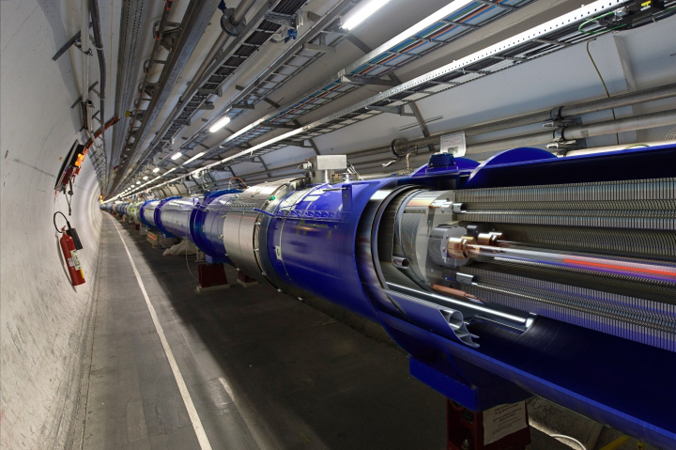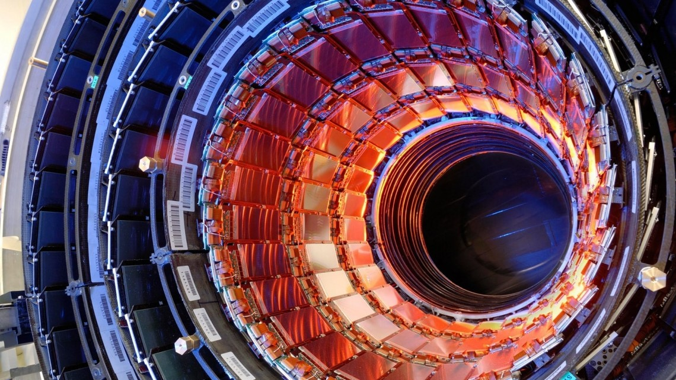GraduateDepartment of Physics, Chung-Ang University
- Laboratory
 고에너지 입자 충돌 실험 연구실 / High Energy Collider Physics Lab
고에너지 입자 충돌 실험 연구실 / High Energy Collider Physics Lab-
■ 연구실 소개: 입자 가속기를 이용한 고에너지 입자 충돌 실험 연구실 (이경필 교수님)
* 홈페이지: https://sites.google.com/view/
hecl-cau/home * 구성원: 학부 연구생 및 대학원생 모집중!
■ 연구방법
Our research group focuses on experimental particle physics using high-energy colliders, with an emphasis on precision measurements of Standard Model (SM) processes and searches for new physics beyond the SM (BSM). We are actively involved in the CMS experiment at the LHC, contributing to both physics analyses and detector development. Additionally, we participate in R&D for next-generation particle detectors, particularly in calorimetry for future colliders. Our research combines expertise in high-energy physics, detector instrumentation, and advanced data analysis techniques, including machine learning applications.
■ Research Topics
- Precision Measurements in the CMS Experiment at the LHC
- We conduct differential cross-section measurements of the Drell-Yan (DY) process, which play a crucial role in improving our understanding of the proton’s internal structure (PDFs).
- These precise measurements provide indirect probes for BSM physics, as any deviations from SM predictions could indicate new physics phenomena.
- We are also expanding the research area to find the resonances from new particles decaying into leptons + X.
Detector Research & Development for CMS
- Our group studies muon reconstruction and identification in the CMS trigger system, improving efficiency and performance in detecting muons at high energy.
- We will also participate the detector development for the high-luminosity LHC (phase-2) upgrade, including gas electron multiplier (GEM).
Future Collider Detector R&D: Dual-Readout Calorimetry
- We participate in the Korea Dual-Readout Calorimeter Collaboration, developing high-granularity, high-resolution calorimeters for next-generation colliders.
- The dual-readout technique, utilizing scintillating and Cherenkov fibers, allows for precise separation of electromagnetic and hadronic components, significantly enhancing energy resolution.
Machine Learning Applications in High-Energy Physics
- We implement machine learning techniques to improve signal-background separation, optimize event selection, and enhance data analysis efficiency in collider experiments.
- These techniques contribute to both physics analyses and detector optimization, accelerating the discovery potential in high-energy physics.
■ 최근 연구 주제/성과/수행과제
- CMS Collaboration, Performance of the CMS high-level trigger during LHC Run 2, JINST 19 (2024) P11021
- CMS Collaboration, Performance of the CMS muon trigger system in proton-proton collisions at sqrt(s) = 13 TeV, JINST 16 (2021) P07001
- CMS Collaboration, Study of Drell-Yan dimuon production in proton-lead collisions at sqrt(sNN)= 8.16 TeV, JHEP 05 (2021) 182
- FCC Collaboration, FCC Physics Opportunities: Future Circular Collider Conceptual Design Report Volume 1, Eur. Phys. J. C 79, 474 (2019) (and 3 more volumes)
- CMS Collaboration, Measurement of the differential Drell-Yan cross section in proton-proton collisions at sqrt(s) = 13 TeV, JHEP12 (2019) 059








